SIBF 2026 24(Wed) - 28(Sun) June, 2026 l COEX Halls A&B1
Overseas Book Fairs
Frankfurt Book Fair 2020
| 『Your Next Book』 | Due to COVID-19, it is difficult to participate in the Korean Pavilion at the offline book fair. Instead of operating the offline Korean Pavilion, a book that selects and introduces 50 books recommended by Korean critics and editors is produced and distributed to overseas book exhibitors and publishers. Some of the books introduced in 『Your Next Book』 are introduced. More details can be found in the file attached to the archives. | ||
|---|---|---|---|
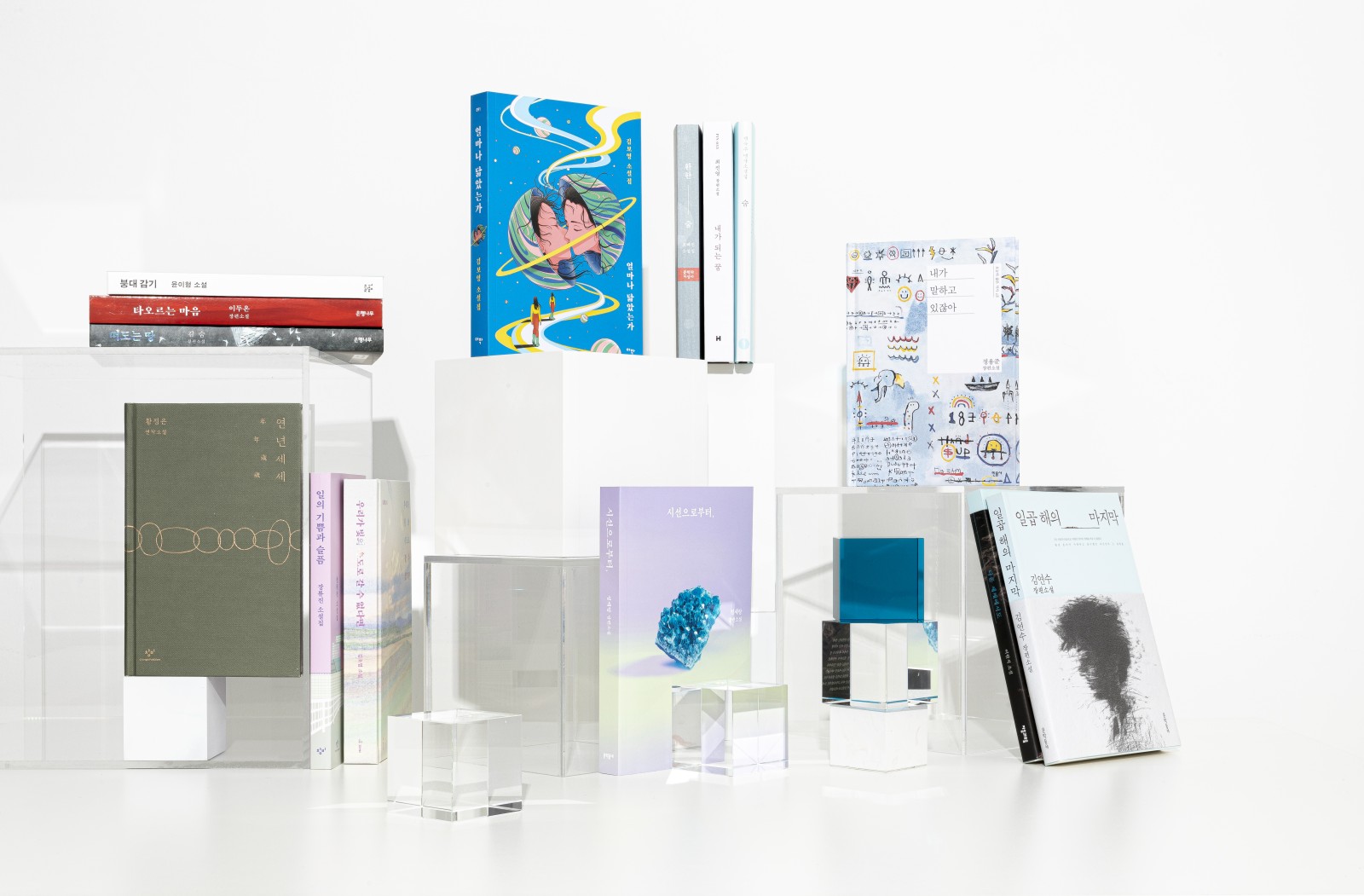
The Pleasures and Sorrows of Work
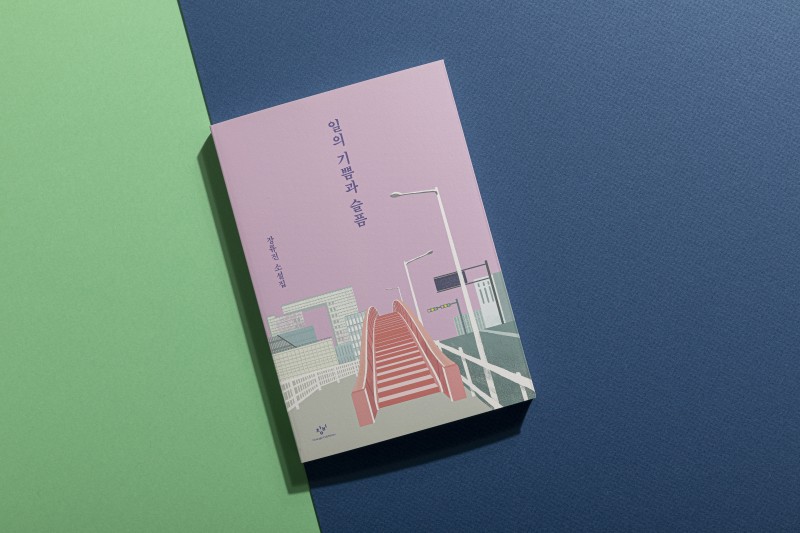
Jang Ryujin
Jang Ryu-jin's novel says. "I'm trying to teach you. How the world works and what principles. You have to pay 50,000 won to get back 50,000 won, and if you pay 12,000 won, you get a 12,000 won celebration. You still don't know, but this is the way it is." ("I'll Live Well," p. 28) This world works exactly. Where you get what you give. A place that pays just as much. Where positive and negative numbers are calculated without a discount. It is a world in which a capitalist society that assumes rational humans and works for the purpose of pursuing profits is basically built in Jang Ryu-jin's novel. Individuals who have to survive in this thorough system live crying and laughing while contemplating work, love, money, hobbies, relationships, and gender violence. For example, they include a female office worker ('I'll live well') who married a co-worker in a gender-discriminatory company, a 33-year-old employee ('Joy and Sadness of Work') who works at a startup company while seeking work-life balance, and a married woman ('Helpful Hand') who first set up a house as a department store manager. How do these small, ordinary individuals live within the complex network of capitalist systems? From this question, Jang Ryu-jin's first novel collection begins.
If We Cannot Move at the Speed of Light
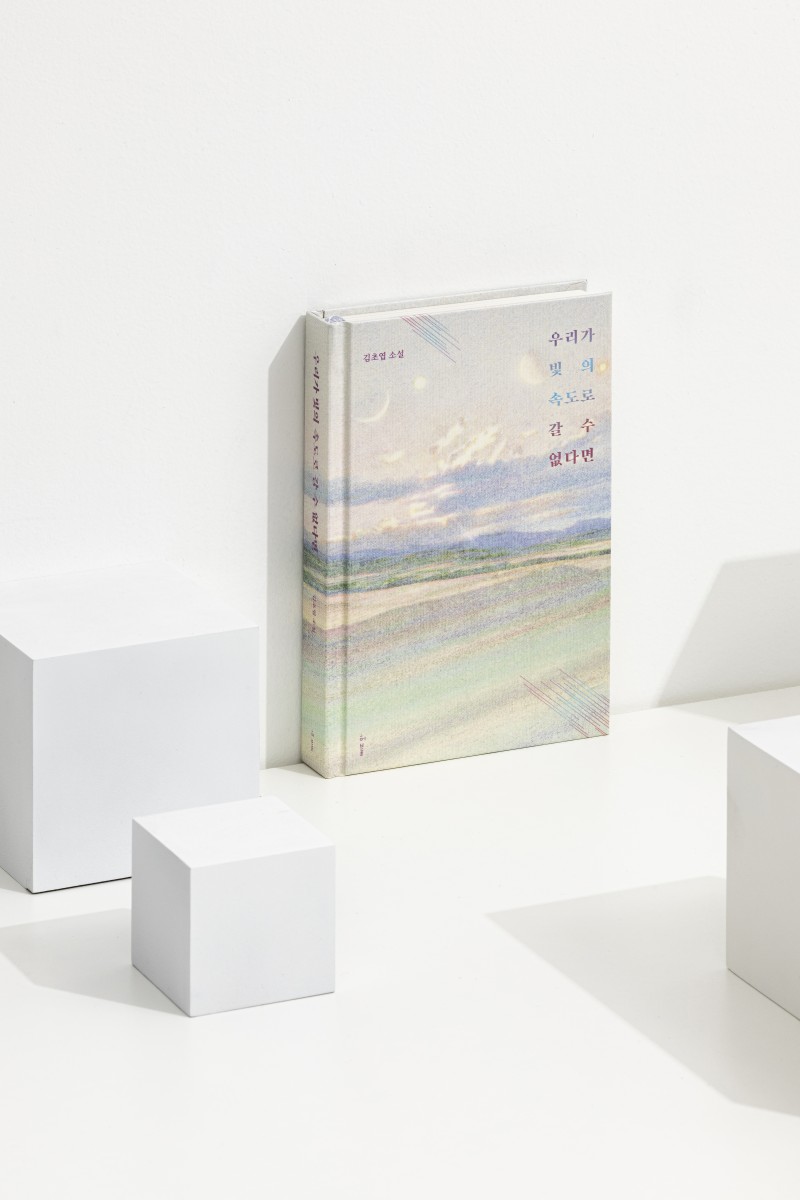
Kim Cho Yeop
What Kim Cho-yeop's sci-fi novel shows us is the future. Future science and technology, which is not yet possible in contemporary reality, brings us to a colorful and mysterious world. Within that world, we can design human embryos, interact with extraterrestrial intelligence, and meet families who died through data simulation. In it, we can dream of a utopia that may one day reach. But it's not that far into the future. This is because the novel world drawn by Kim Cho-yeop is sharply crossing the social problems here. Still, discrimination against the weak and minorities, including women, the disabled, migrants, and non-married mothers, is clear, non-economic values are excluded from the performance-based system, and beings who do not meet the standard of norm are excluded from history. Did the world that mankind has reached with advanced technology really become a better world to live in? Can the discrimination, oppression, alienation, and suffering we are experiencing here change for the better? Unless science and technology itself guarantees a better world, what we need will not be a dichotomous question of whether the result of science and technology development is utopia or dystopia. What is important may be the process of specifically imagining a utopia or dystopia that is complicatedly involved in the world we live in. In the process, we can think of a long-forgotten existence defined as abnormal, give proper value to beings with different shapes, or dream of a world where science and technology teach us how to live together, not exclude someone. Kim Cho-yeop's novel paved the way for the beautiful adventure.
From Si-sun
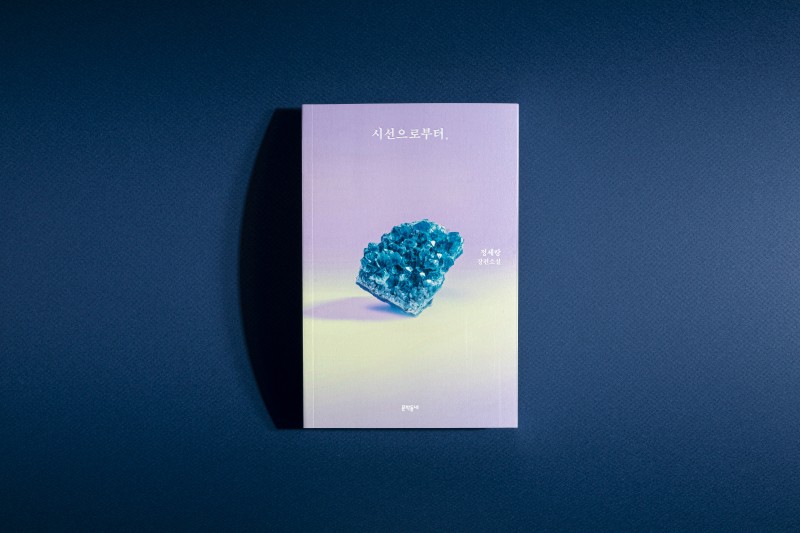
Chung Serang
Starting from a rather offbeat situation where a family living in Korea and the United States leaves for Hawaii for a one-time memorial service, "From Si-sun," penetrates the tragedy of modern history, violence against women of this era, and the absurdity of the world. Shim Si-sun, an artist, writer, and a senior ahead of her time. The members of this unique family she created from her two marriages grow in their own ways, honoring her in Hawaii. As Chung Serang said in 'The Writer's Words,' "This novel is the love of the 21st century dedicated to women who lived in the 20th century above all," "From Si-sun," is a work derived from a straight and warm perspective on women of an era. A woman who knew the violence of the world better than anyone else and knew how to sympathize with the weak. In the 10th anniversary of Shim Si-sun, who used to cause controversy with her straight, soft, and sometimes radical, progressive remarks, her family decides to hold a one-time memorial service. In Hawaii, where she spent her youth. They prepare a special memorial service there. The way is to freely collect the most meaningful moments there. Connected in different ways to the cardiac line, they travel to Hawaii with their own memories of her. People who exchange light jokes, care for each other, and know how to watch beautiful things quietly, but little by little, with pain and wounds, look into themselves, looking for gifts and memories to give to her on a trip to honor Shim Si-sun.
Year and Year
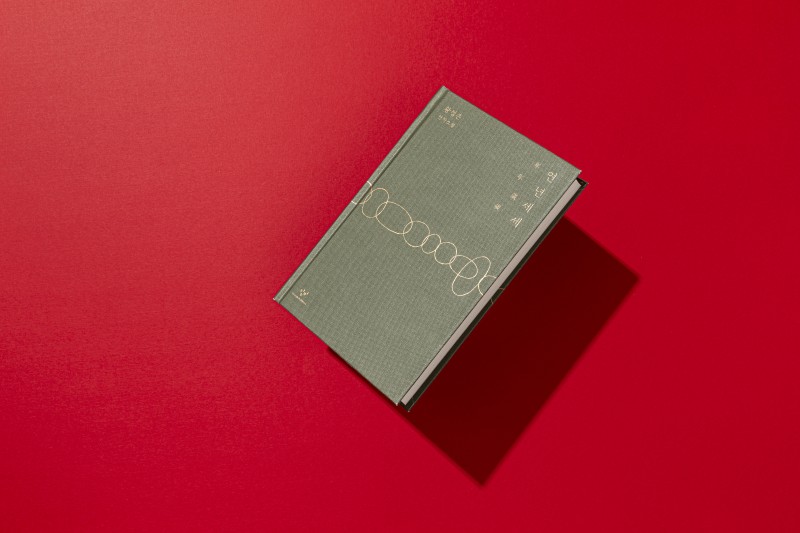
Hwang Jeongeun
Hwang Jeong-eun's novels always feature people who "stand" life, and so did "Year-and-year". There were people in it who could not be said to be happy, who could never be said to be happy, who could not be said to be happy, who could not be said to be in a state of unhappiness and pain in a way, and who nevertheless endured disillusionment and anger. Although it is a collection of short stories, the book, which feels like a feature-length novel through four consecutive novels, tells the story of an ordinary family. The story of Lee Soon-il and Han Joong-eon, the elderly couple who go into a villa under the name of their in-laws to help them, Han Young-jin, their eldest daughter Han Se-jin, their second daughter Han Se-jin, and Han Man-soo, the youngest working physically in Australia, Han Young-jin's husband Kim Won-sang and Han Se-jin's girlfriend Ha Mi-young, Lee Soon-il's aunt Yoon-kyung and Kylie's son. It's so common that people around us would have heard of it. These people, like many around us, have normal yet very typical conflicts. Lee Soon-il works hard all day long to take care of Han Young-jin's family and take care of Han Young-jin's children, who endure his mother's irritation and resentment and anger for removing all kinds of things and the heavy burden of living from childhood in return for exploiting her mother. In addition, Lee Soon-il still resents and cannot forgive his grandfather, who caused him to work hard, but at the same time, he sometimes shed tears as he recalls the memory of putting money in a yellow pharmacy envelope on his wedding day. On the other hand, Lee Soon-il sometimes thinks about Soon-ja, a childhood companion. Lee Soon-il's only companion. Soon-ja, who shared her heart with Lee Soon-il, bought her jajangmyeon, let her run away, and then made her catch again. She recall the scene where she slapped Soon-ja in the face, over and over again.
Burning Heart
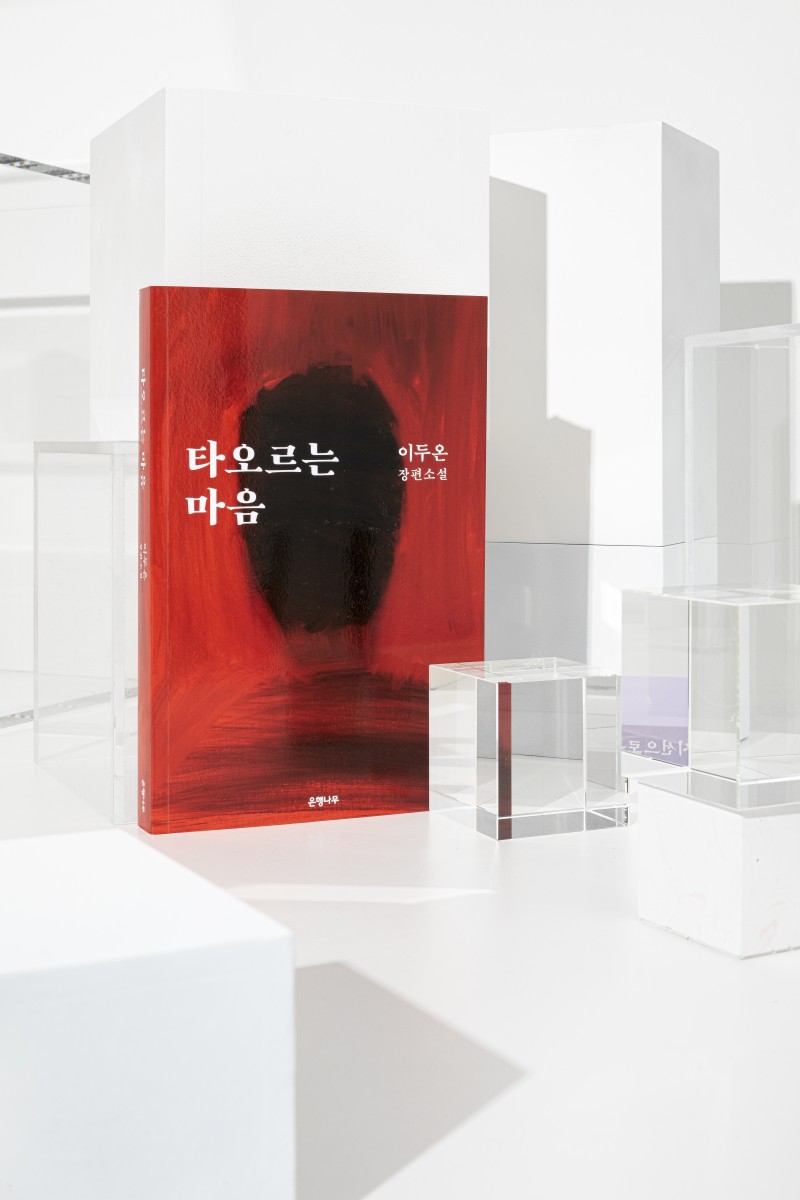
Lee Duon
The novel begins with a question like, "If there is a village that lives on serial murder?" The dark hearts of humans that "murder cases" can be money gather to create a bizarre situation in the village, and the past of the villagers come together to hit the dark abyss of our society. This novel is a metaphor in our society for people who have been pushed out of the race to survive and driven to cliffs. In addition, the novel clearly warns that when what cannot be returned to money is made into goods, the individual's body is objectified, misfortune and poverty are exhibited, and humans are reduced to beings that have not reached death even when they die. By the time the reader's heart is gradually taken to this strange and bizarre village, the secrets about the person who planned the murder and the people who were killed are quickly dug up without a single hesitation. A village at the intersection of National Highway 2 and 17. It is a small rural village in front of a dilapidated, dry plain, and used to be an intermediate hub for trailer drivers and drivers to rest. However, as the highway is built, drivers no longer feel the need to rest in the village, and the village loses its main source of income. People try to attract infrastructure to make money, and try to commercialize "dry plains and sunrise" as a tourism product, but the attempt fails.
Then the car village faces a turning point. Six bodies killed on dry plains were found. The victims were all young people in the village, who were believed to have fled the village to get to the city. It turns out that they were burned and buried in the plains. Serial killings are announced, and countless people visit villages. The village is famous for being ripped off by the media. The investigation continues, but the criminal is not caught. Soon after, a movie about the story of the killer is produced, and a film set is set up in the village. Countless foreigners come and go. Villagers realize that serial killings make money. As the released movie hits the box office, the number of people visiting the village increases. The village festival, which was held every year, is rapidly reorganized into a psycho tour that displays murder cases. The murder case has been a tragedy in the history of the village, but even he is accepted as a prey by those who have nothing to live on and turns into fortune. The right to do nothing for money and livelihood precedes guilt, humanity, and ethical consciousness. Meanwhile, the novel shows a girl's good will to overthrow a nightmare with all her might in the face of ugly selfishness. Humans are cruel and brutal, but ironically, they look back on themselves due to pain and realize the clear and important fact that they can transport each other with the minds of others due to the pain. Perhaps the author sends a message of earnest will to the world that he must survive in a world full of darkness and become hope.



